PaLIS (Norbert Ligterink)
Point and Line Interpolated Surfaces
(PaLIS)
smooth organic forms usually require a lot of effort to generate
in computer graphics. Either a large number of points are used for
a simplex construction, which is smoothen (blurred) afterwards.
Or complicated geometrical definitions, with control points and vectors
are used to generate surfaces.
Another problem is to match the edges smoothly, and allow for variations
in the number of control points. (NURBS is one of the more efficient
algorithms.)
I developed a method, which I call PaLIS (Point and Line Interpolated
Surfaces), which require only a number of points on the surface and
a value for the RIGIDITY at these points.
The examples here are "blobs" defined by two and six points, with
varying rigidity.
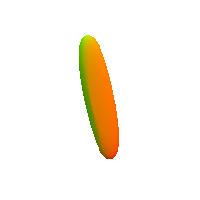
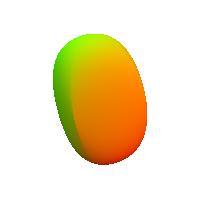
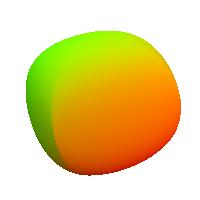
the two-point blobs with rigidity 1, 3, and 5.
The points are at (0,0,1) and (0,0,-1), and the objects
consist of four surfaces.
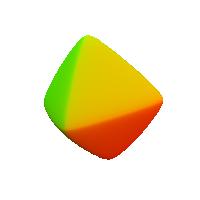
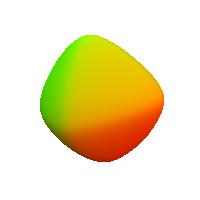
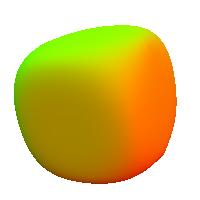
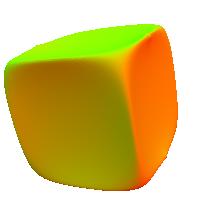
the six-point blobs with rigidity 0.5, 1, 3, and 5.
The points are at (1,0,0), (-1,0,0), (0,1,0),
(0,-1,0), (0,0,1) and (0,0,-1), and the objects
consist of eight surfaces.
Note that only one parameter connect each row
of shapes, also note that between small and large
rigidity the shape varies between the dual forms:
the tetraeder and the cube, since in one limit
the corner is the center of the face in the other
limit.
The lighting is determined with the analytical form for
the surface normal. These examples are test cases, as
the method is designed for surfaces with four corners,
the two- and three-corner surfaces here are defined
implicitly. No smoothing or interlacing is applied
(except the jpg DCT, for file compression).

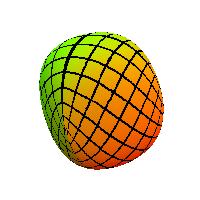
The surfaces have intrinsic coordinates. As an example
a six-point surface with rigidity 2, and a two-point
surface with rigidity 4, with a mesh
mapped on it.
No special functions were used, only polynomials of
degree 4 and less are required.
Details later (from January 2006 I started writing up the details for
a scientific publication).








